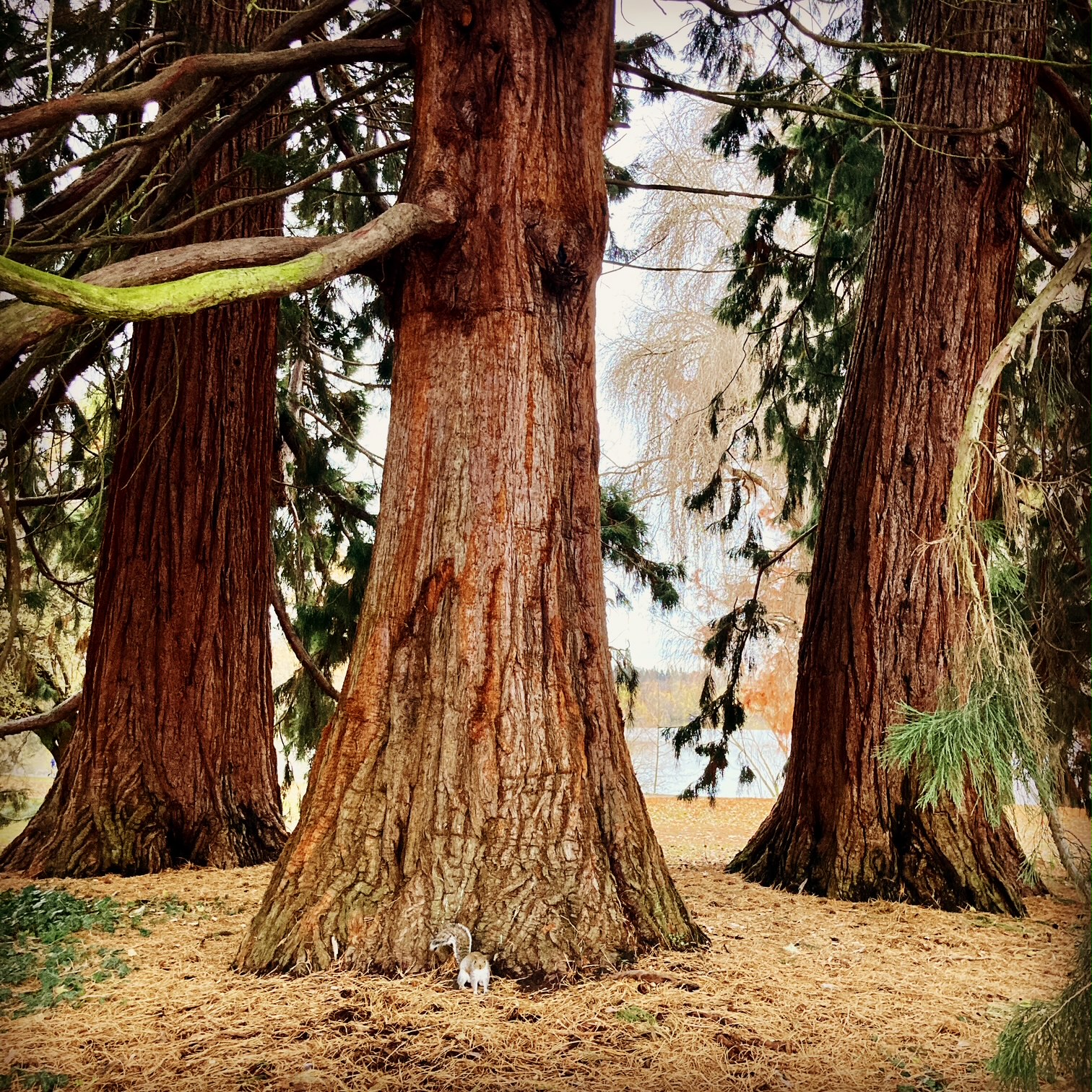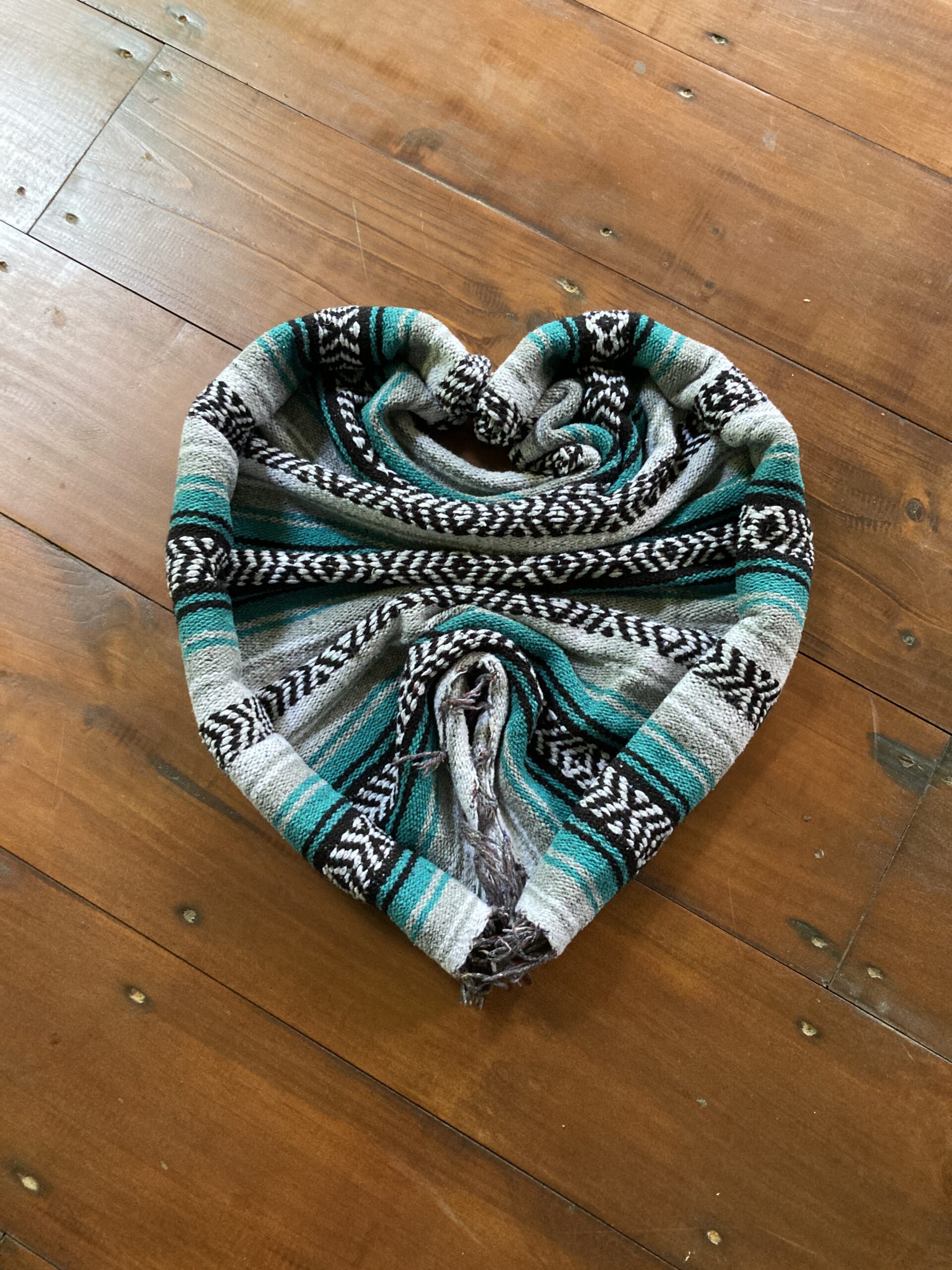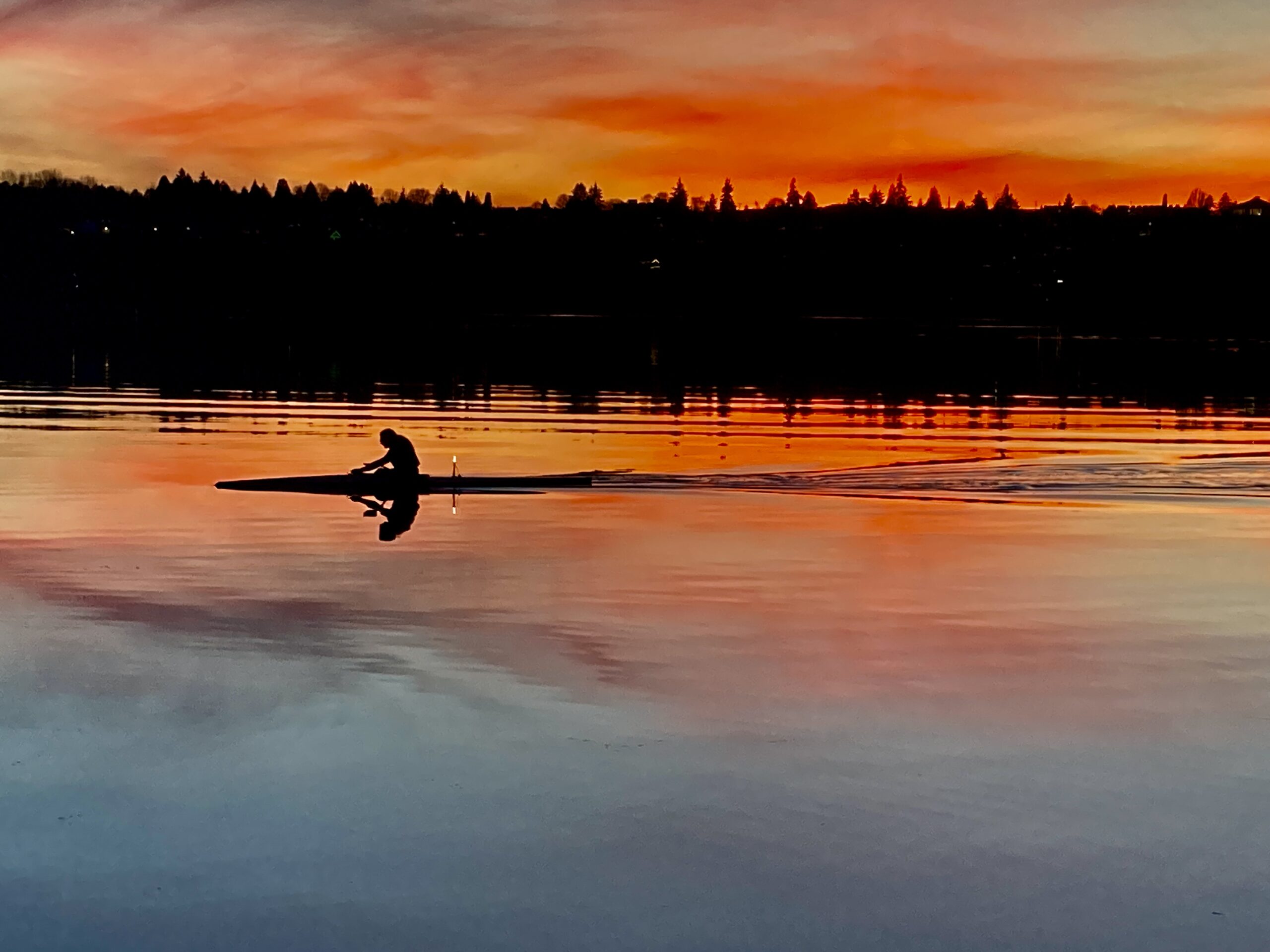Don and I are lucky enough to be staying a few blocks from the world’s biggest fish market, Tsukiji! We love this Tsukiji neighborhood. As I write, I hear the morning gongs from the Buddhist temple nearby. The world’s freshest sushi shops are everywhere you look. The Reflexology Park is just a short walk away. Plus there’s a Shiatsu Massage place next door to us…the shiatsu massage I got yesterday left me feeling so good!! Jet lag has us up at ungodly hours (4am), but the fish market is already in full swing early in the morning and the Reflexology Park is always there, waiting to tenderize our feet.
My friend Kazuko told us about the precious little fisherman’s shrine tucked away in a hidden corner in the market. I love this shrine and marvel at how drawn I am to it. Each time I go, I pray. I pray for the safety and continued health of my group (arriving soon) and I pray that we have an incredible time traveling in Japan. I pray that my group will love Japan as much as I do! To cement my prayers, I stand before the shrine and bow twice, reverently. I toss coins at the altar. Loudly, I clap my hands twice. I whisper my prayer with eyes closed. I bow once more.
The original fish market was first established in the 17th century by shogun, Tokugawa. It was much smaller and originally located near the Nihonbashi Bridge, not far from where the Tokyo Station is now located. In 1923, the original fish market was destroyed by the Great Kanto Earthquake and was moved to the current site, on reclaimed land in Tsukiji, right next to this ancient small Shinto shrine.
The Shinto Fisherman’s Shrine is called Namiyoke Inari-jinja. This shrine is the guardian of the fishermen, traders, and marketplace. The shrine was also built in the 17th century on the water’s edge of Tokyo Bay. Today, this area is no longer on the edge of Tokyo Bay because land was reclaimed from the sea to create space for the market. Inari is the kami (god) of fertility, rice, agriculture, industry, worldly success, and foxes! The shrine is filled with granite sculptures symbolizing fertility and success.
The original attempts at land reclamation, which started in the 17th century, were often wiped out or washed away by storms. When the land was finally stabilized, the name Namiyoke was added to Inari-Shrine. Namiyoke means “Protection from Waves.”
Lit lanterns at the shrine entrance:


Lovely Fishermen’s Shrine
Close up of the egg sculpture:

Purification ritual area:

The foxes (kitsune) below are also made of stone and guard over smaller shrines. They look vicious. Though I would not want to mess with these creatures, I think they are remarkable:




Stone carving at the shrine:

Granite Dog Sculpture:

Snake Sculpture:


Granite Stone Carving Rooster (Gallo: my namesake)

This face will surely keep the evil spirits away!

Or will this be the face that keeps the evil spirits away? Once a year, these evil spirit chasers carried around town for a raucous festival







What a lovely shrine! I feel I am embracing a study of Japan, thanks to you Fran. The culture, the history and the people are so interesting. What a fascinating educational and spiritual experience you are having! Thanks again for your most interesting post. My prayers and blessings for you and you group. Enjoy!
I wish I were going to be in your group arriving tomorrow! What a beautiful and welcoming country, which I visited 42 years ago! Time for a renewal!
Linda Spear
Those foxes are right out a fable!
Rick